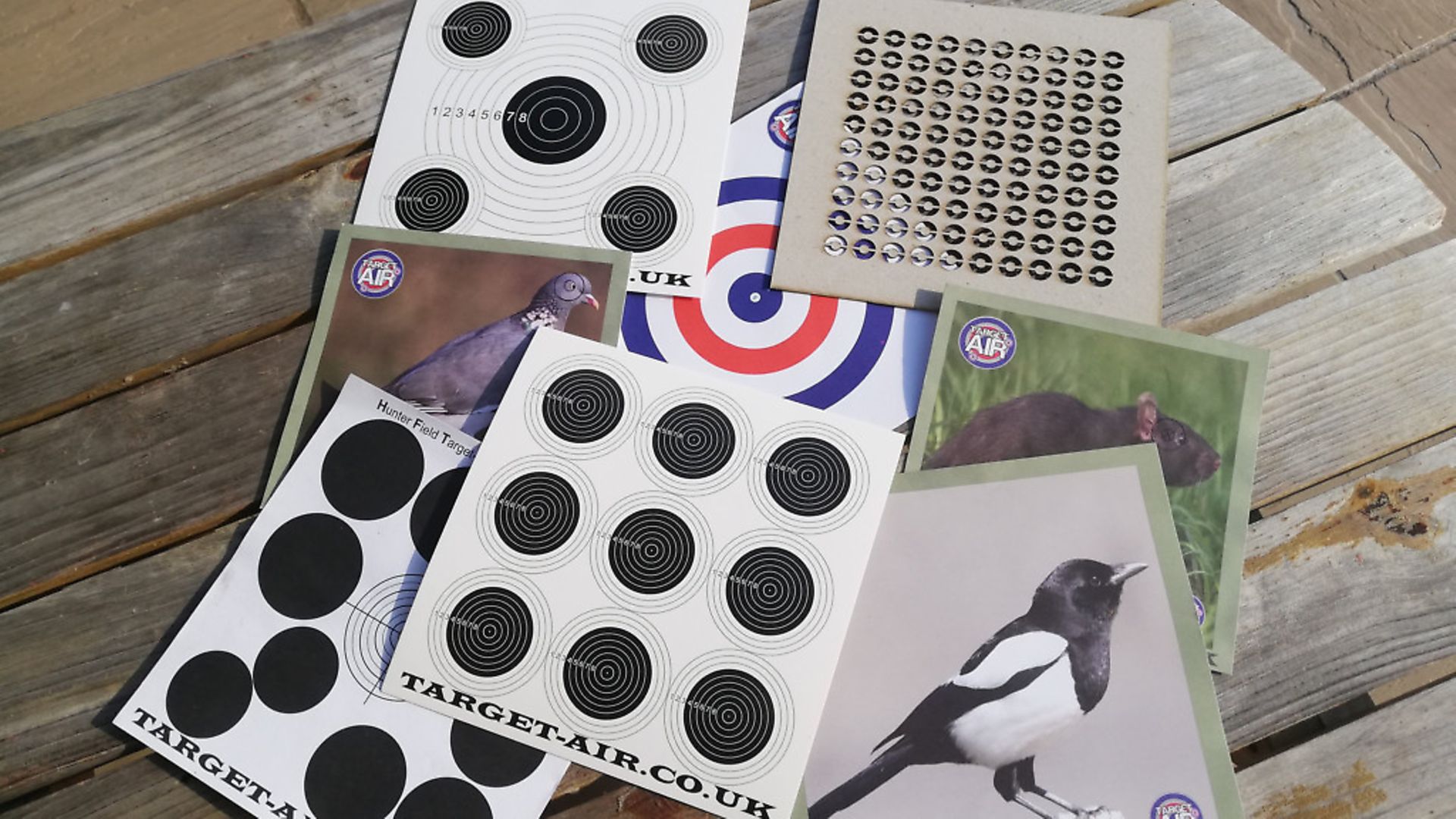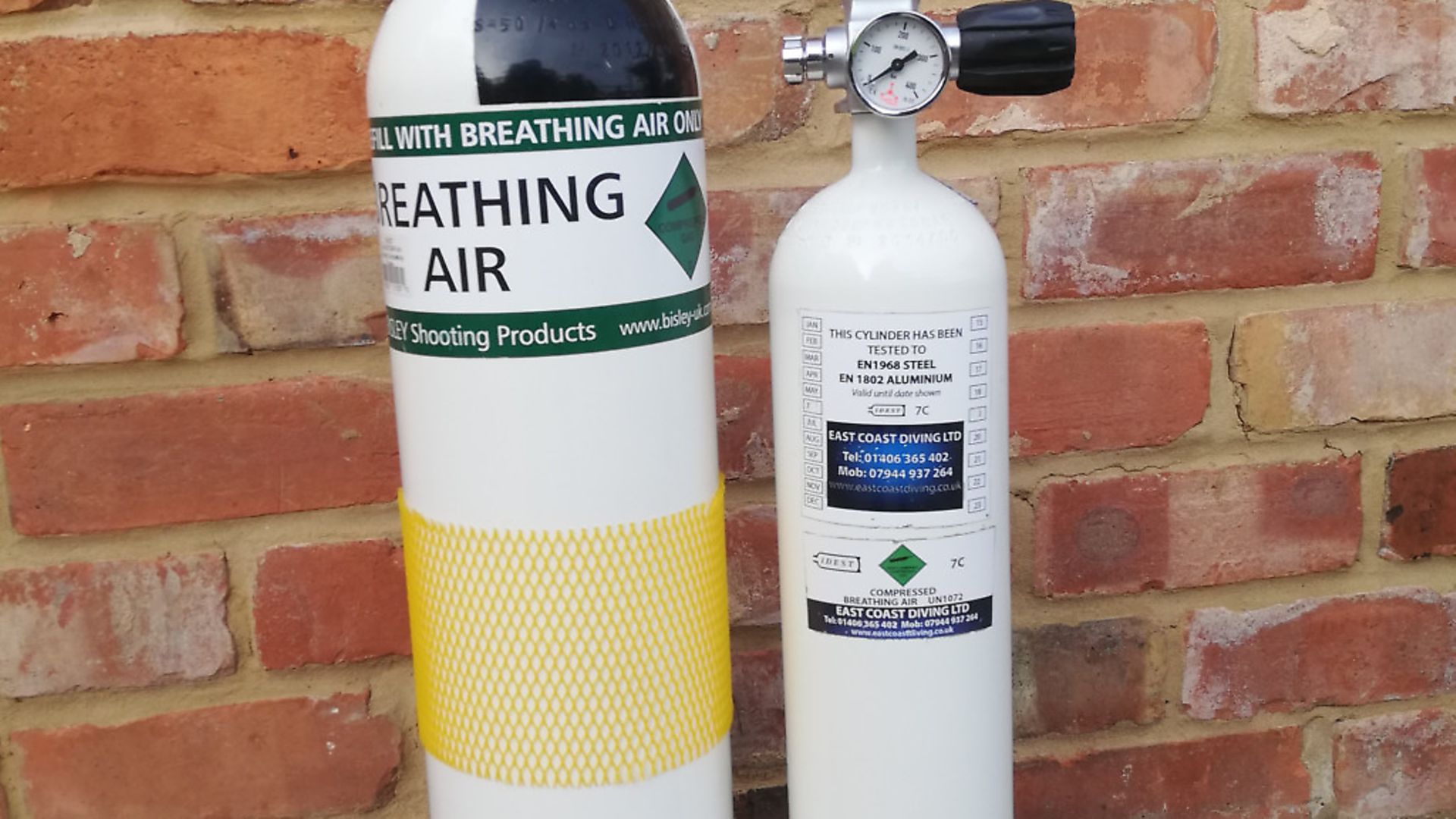In anticipation of a second wave of Covid-19, Gary Wain offers 8 great tips to help you keep shooting airguns in lockdown, should the worst happen! (Let’s hope it doesn’t, but if it does, at least we can learn from the first lockdown)
 credit: Archant
credit: Archant
As I write this, it’s late July, and the country is tentatively emerging from well over four months of lockdown. By the time we go to press, the predicted second wave could well be bearing down upon us, and for this reason I thought it might be prudent to share with you some of the lessons I’ve learned, and some of the preparations that can be made that might help us all be better equipped for any future potential lockdown, and I’m not talking about hoarding toilet paper!
I’m not intending to address the wider aspect of ‘prepping’ because that’s a subject way too large to be covered in a three-page article. What I am going to do is share with you some of my thoughts on how we can keep shooting our beloved airguns when our normal resources have dried up, and our friendly neighbourhood gun shop is closed for the duration. This list is by no means exhaustive, and I would very much welcome any thoughts you might have on how to expand it.
In essence we can split the necessities into four main categories, which are; something to shoot with, a supply of things to shoot through it, something to shoot at, and setting yourself challenges. All of the above assume safe and legal shooting conditions, an appropriate backstop, and that pellets do not leave your land. There are also a few other things you might wish to consider, and I’ll look into these toward the end of the article.
 credit: Archant
credit: Archant
Something to shoot with
The type of airgun you shoot can be critical in a lockdown situation. Most of us shoot PCPs, which is great, but do you actually know how many shots you can get from a fill? How many fills you can get from a tank? Or for that matter, how much is left in your tank? If you don’t, now might be a good time to top up your tanks and work it out. Even if you do know, in a prolonged lockdown situation there could come a point when you run out of air. One solution is to buy an additional tank; this will extend your available air, but is still a finite resource. An alternative route is the purchase of a stirrup-type pump. These can be had for about the same money as an air bottle, and will also help you to maintain regular exercise – or give you a heart attack, whichever comes first. If you’ve got a few quid to spare, then you might want to splash out on an electric compressor, such as the Daystate DS Type2 compressor, reviewed by Mick in last month’s edition. Like all electric compressors, though, this is reliant on a supply of electricity, either from the mains, or from a stand-alone generator, and as such should still be classed as a finite resource.
 credit: Archant
credit: Archant
Add a Springer!
The obvious solution to all of the above issues, of course, is the addition of a springer or two to your collection. I’m sorry to say, that apart from my beloved 30-year-old Feinwerkbau 601 Match Target air rifle, I don’t actually own a springer, and when I began to run low on air, that became an obvious weak point for me. I did use the FWB, for a bit of plinking, but it felt a bit sacrilegious, in the same way that taking a vintage F1 car down a dirt track would. To remedy this situation, the addition of a conventional springer is something that I will be taking up in future issues. Up to this point, I’ve been assuming that you’ve got a garden big enough to shoot a rifle in, but if that’s not the case, you might want to think about getting yourself an air pistol. Although these can be had as a CO2 and PCP, the obvious choice for a lockdown situation is a springer, and if you’ve never shot a pistol before, then you’re going to have a lot of fun learning.
 credit: Archant
credit: Archant
Something to shoot through it
If you’ve been shooting airguns for a while, you’ll probably already have an idea about which pellet your airgun prefers. If you don’t, then now is the time to get yourself some pellet selection packs and find out. If you want, you can get all technical and use a chronograph to measure consistency of velocity, but as far as I’m concerned, at the end of the day it’s all about accuracy. Once you’ve determined your pellet of choice, then you need to make sure that you have a good supply of them. Don’t assume you’ll just be able to order them online any time you like during lockdown because from what I’ve seen, and from talking to retailers and suppliers, pellets appeared to be the toilet paper of the shooting world during a pandemic.
 credit: Archant
credit: Archant
Something to shoot at
The first thing that comes to mind here is traditional targets, and if that’s your thing, make sure you have plenty of these in stock. If you find yourself caught short then you could always download and print your own, but this does assume you have a printer, an internet connection, and a good supply of paper and ink. If the idea of traditional targets leaves you cold, then take a look at the many variations of novelty paper targets, wood and card punch-out targets, spinners, knock-downs, reactive and even exploding targets. If all else fails, you can always fall back to one of the mainstays of airgun shooting, which is good old-fashioned plinking. I can’t stress highly enough how enjoyable and relaxing plinking is – by the nature of its onomatopoeic name, plinking is derived from the noise made when a pellet hits a tin can, and for many airgun shooters, it was the entry point into our wonderful sport. Tin cans aren’t the only things you can plink at, though, and this is where you need to get inventive. For example; Extra Strong mints, or sticks of chalk make for great reactive targets, as do paintballs mounted on golf tees, the possibilities are limited only by your imagination.
 credit: Archant
credit: Archant
Setting yourself challenges
Having established that you’ve now got sufficient means to support your hobby through a lockdown situation, if you’re furloughed, or shielding, you’re going to have quite a lot of spare time on your hands, and what better to do with it than to set yourself some challenges? If you’ve spent a lot of time shooting from a rest, or have become reliant on one particular shooting position, then how about you set yourself the challenge of becoming competent in other positions. If you’re not entirely sure how much hold over or windage you need for varying distances, then practise until it’s second nature. Begin by placing targets at varying distances, and when you’re confident, ask someone else to place the targets for you.
Self-teaching
If you’re very new to shooting, then the challenge for you is simple – teach yourself how to shoot. I began this journey when I was 13, with an open-sight BSA Meteor in the back garden. I set myself a series of challenges, the first of which was to be able to hit a Coke can at about 10 metres – other soft drinks are available. When I was sure I could hit the can every time, I then moved on to hitting the ‘o’ in Coke. Once I’d grasped that, I went on to hitting the ring pull on the top, front on, and then the ring pull from the side. Having mastered all of those skills, I then moved the cans out to 20m, then 30m and so on. Don’t go thinking this happened in a weekend, or even a few months, this took a very long time, but if you’re furloughed or shielding, time is something you’re not going to be short of.
Simple and cheap!
This was my ‘Wax on, wax off’ training, and the skills I learned from these simple and inexpensive exercises have stayed with me to this day. Should you already consider yourself to be a good shooter, then you might want to try your hand at a few novelty tasks that will test your skills, such as shooting a playing card in half, lighting a match, or shooting the string supporting a weight – and don’t go cheating by doing it off a rest! Do it free-standing and I can guarantee the sense of reward that you’ll feel.
Other activities
Of course, there are many more activities you can do to pass the time, such as cleaning your airguns, and making sure your stores are tidy and organised, but I think we’ve got the basics covered here. For my part, the main lesson I’ve learned is that I need to get myself a springer. There’s nothing like having a valid reason to buy another airgun!